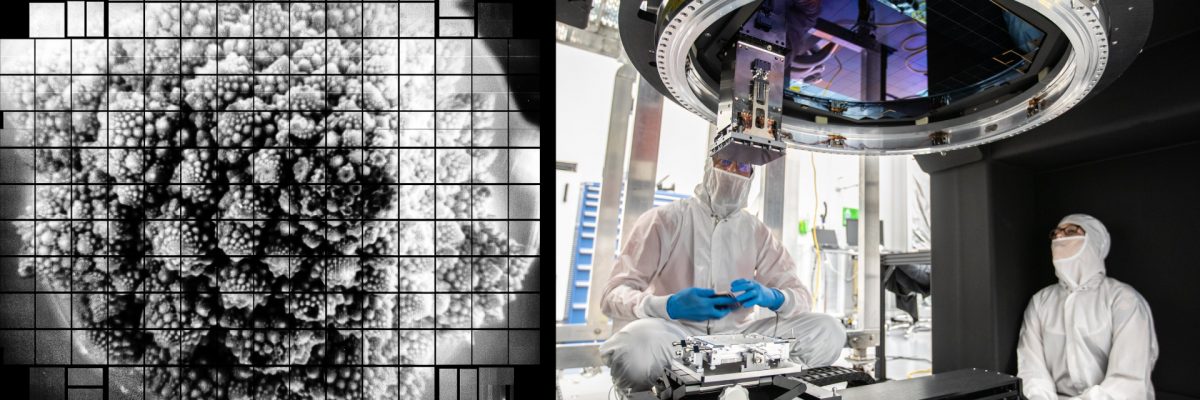Menlo Park, California Crews at the SLAC National Accelerator Laboratory of the Department of Energy have taken the first 3,200-megapixel digital images, the largest ever taken in a single shot, with an impressive range of imaging sensors that will become the heart and soul of the Vera C. Rubin Observatory’s future camera.
The pictures are so large that to display one of them in full size, it will require 378 4K ultra-high-definition TV screens and their resolution is so high that you might see a golf ball from around 15 miles away. Unprecedented astrophysical exploration will soon be powered by these and other properties.

Next the series of sensors will be built into the largest digital camera in the world, currently under construction at SLAC. The camera will create panoramic images of the complete Southern sky once mounted at the Rubin Observatory in Chile. One panorama for 10 years every few nights.
Taking the first 3,200-megapixel images of a variety of objects, including a head of Romanesco, a type of broccoli that was chosen for its very detailed surface structure, was one of these tests. To do so without a fully assembled camera, the SLAC team used a 150-micron pinhole to project images onto the focal plane.

“We will measure and catalog something like 20 billion galaxies.” said Steven Kahn, director of the Vera C. Rubin Observatory in Chile. That observatory is where the world’s largest digital camera will become the centrepiece of a monumental effort to map the night sky. The camera will spend 10 years capturing the most detailed images of the universe ever taken.
The team working on the camera just completed the focal plane, which is an array of imaging sensors more than two feet wide. (The equivalent focal length on an iPhone 11 camera is 26 millimetres.) It took the team about six months to assemble the sensors, largely because the sensors can easily crack if they touch each other during the installation process. Since the camera isn’t complete, scientists used a pinhole projector to test the focal plane.

